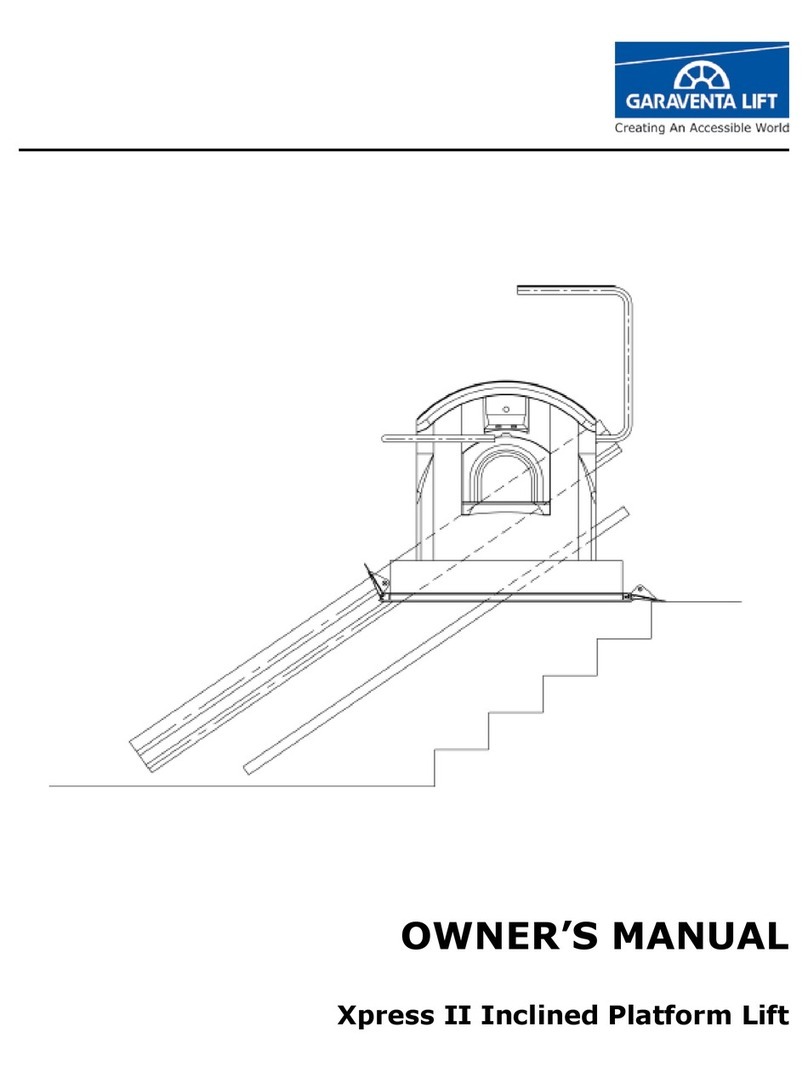
Super-Trac Page | 1of 2
St. James-Assiniboia School Division
Client Handling Program
Super-Trac Portable Wheelchair lift
Paul Deacon
Paul Deacon
March 2, 2020
Hazards Present:
Potential for musculoskeletal injuries
Sudden weight shift, Awkward positions,
Pinch
:
Pain, tingling, numbness, tightness, swelling, and
discomfort.
Personal Protective Equipment
or Devices may be Required:
Non-slip footwear
Do not wear long scarves etc.
Additional Training Requirements:
Super-trac training program includes the following:
-Read and understand the operator’s manual
-View and understand the training video
-Practice with an empty super-trac
-Practice with an assistant
Supportive Information:
All users must view and understan
d the Super-trac training video.
Safe Work bulletin # 268 (December 2009) “Safe patient Handling”
Read the Operator’s manual.
View the Super
-Trac training DVD.
Discuss the above with the trainer.
-Make sure there is nothing in the way for about 6 feet (1.8m) in front and
-Turn the key switch on and set the parking brake
-Pull out the loading ramp
-Move the passenger onto the platform.(Two-person task)
-Secure the wheelchair
-Fasten the seatbelt
-Adjust the headrest
-Store the loading ramp
-Make sure there is nothing in the way for about 6 feet (1.8m) in front and
-Turn the key switch on and set the parking brake
-Pull out the loading ramp
-Release the wheelchair tie-down straps
-Release the seatbelt.
-Roll wheelchair off platform (one person on each side)
-Refasten seatbelt behind the operating handle. Secure the tie-down straps.
Operating on flat surfaces:
-Do not roll Super-
Trac on ramps or inclined surfaces. It is very heavy and could
run away from the operator.
-Push the parking brake switch to the OFF position (Ο).
-Push the Super-
Trac forward manually. This is the normal manner to cover any
distance.
- The Super-Trac may be used safely on the South-West staircase at Sansome
School. The stair slope is 34°
-Reverse the Super-Trac using the auxiliary wheels until it is at right angles to
-Tilt the platform as detailed in the Operator’s manual. When the platform is
tilted, weight will shift to the operating handle. Be sure to grip it firmly and be
prepared to support this increased load until you begin to climb the stairs.
-Select “UP”. Press both thumb switches to begin climbing the stairs.
-When you get to the top of the stairs, stop Super-Trac when the red STOP
MARK on the side of the drive frame is aligned with the top stair nose.
The
assistant will alert the operator when approaching STOP MARK.
Position your
line of sight so you can see the STOP MARK clearly.
Do not drive Super-Trac
past the STOP MARK. This could result in a sudden tilting back and shift of
weight to the operating handles.
-Then gently pull back on the operating handles to lower it onto the landing.
This maneuver is always done manually.
Ensure that the Super-Trac is far
enough back from the edge of the stairs that the YELLOW LINE
(Assistant will
alert operator) on the drive frame does not protrude over the edge of the stairs.




























